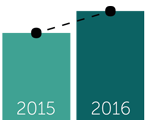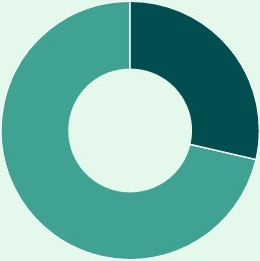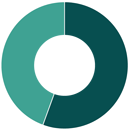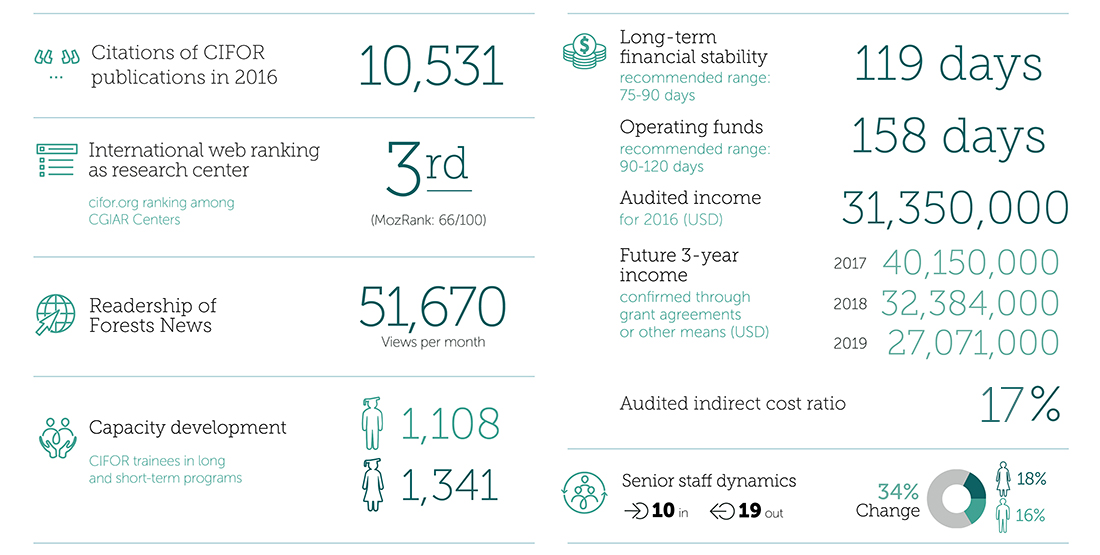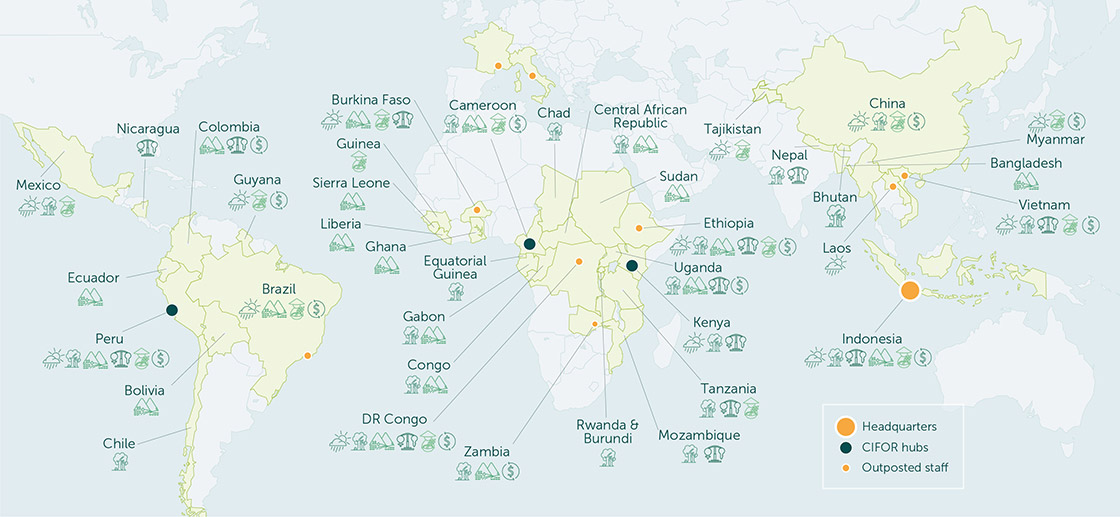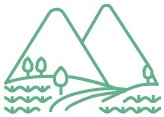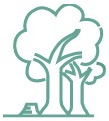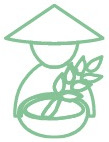
Tools for learning
Everything you wanted to know about bushmeat
CIFOR’s bushmeat researchers are working on strategies to conserve both wildlife and the forest-dwelling communities who depend on wild meat for survival.
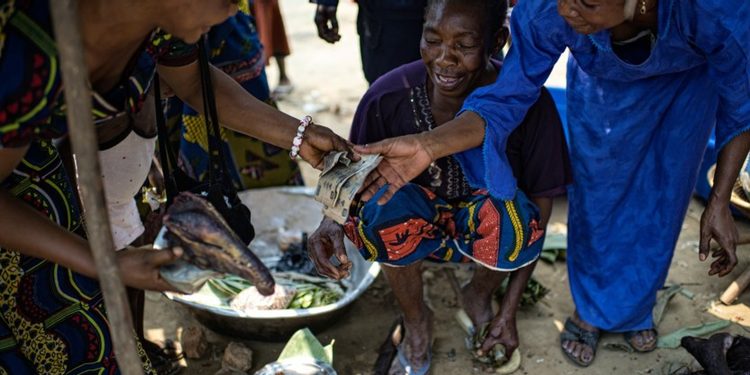
In 2016, we launched a new website at cifor.org/bushmeat, drawing together resources from the Bushmeat Research Initiative and the Collaborative Partnership on Sustainable Wildlife Management, along with stories, videos, photos and presentations.
The Bushmeat Database and Map link directly to more than 700 citations from research across Latin America, Africa and Asia-Pacific.
In recently published research in International Forestry Review, seconded CIRAD scientist at CIFOR Guillaume Lescuyer, and Robert Nasi, CIFOR’s Deputy Director General Research, looked at another side of the bushmeat equation, determining the financial (i.e. trade) and economic (i.e. self-consumption) benefits derived from bushmeat from the full range of actors in Cameroon.
There are an estimated 552,000 people in the country who hunt for income, subsistence and a combination of both. Lescuyer and Nasi calculated a net financial benefit of hunting in rural areas as €10 million a year and a net economic benefit of €24 million.
People have not been that interested in the question of quantifying the importance of bushmeat. That is why we decided to do a financial analysis – this has not been done before in Cameroon, and our findings are powerful.
Guillaume Lescuyer, seconded CIRAD scientist at CIFOR
Photo by A. Andrianto/CIFOR.


























